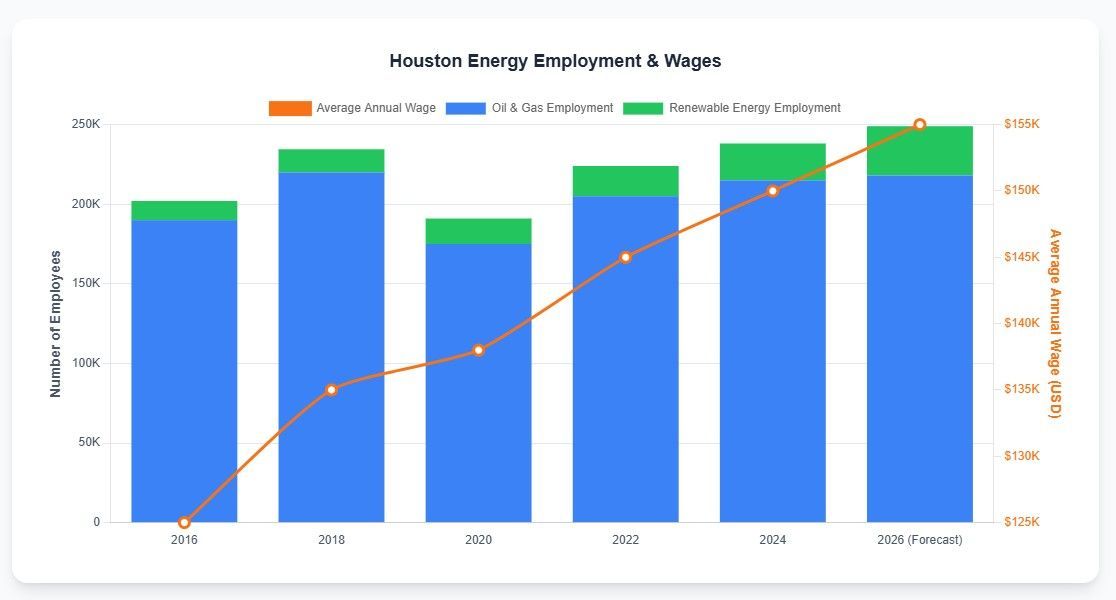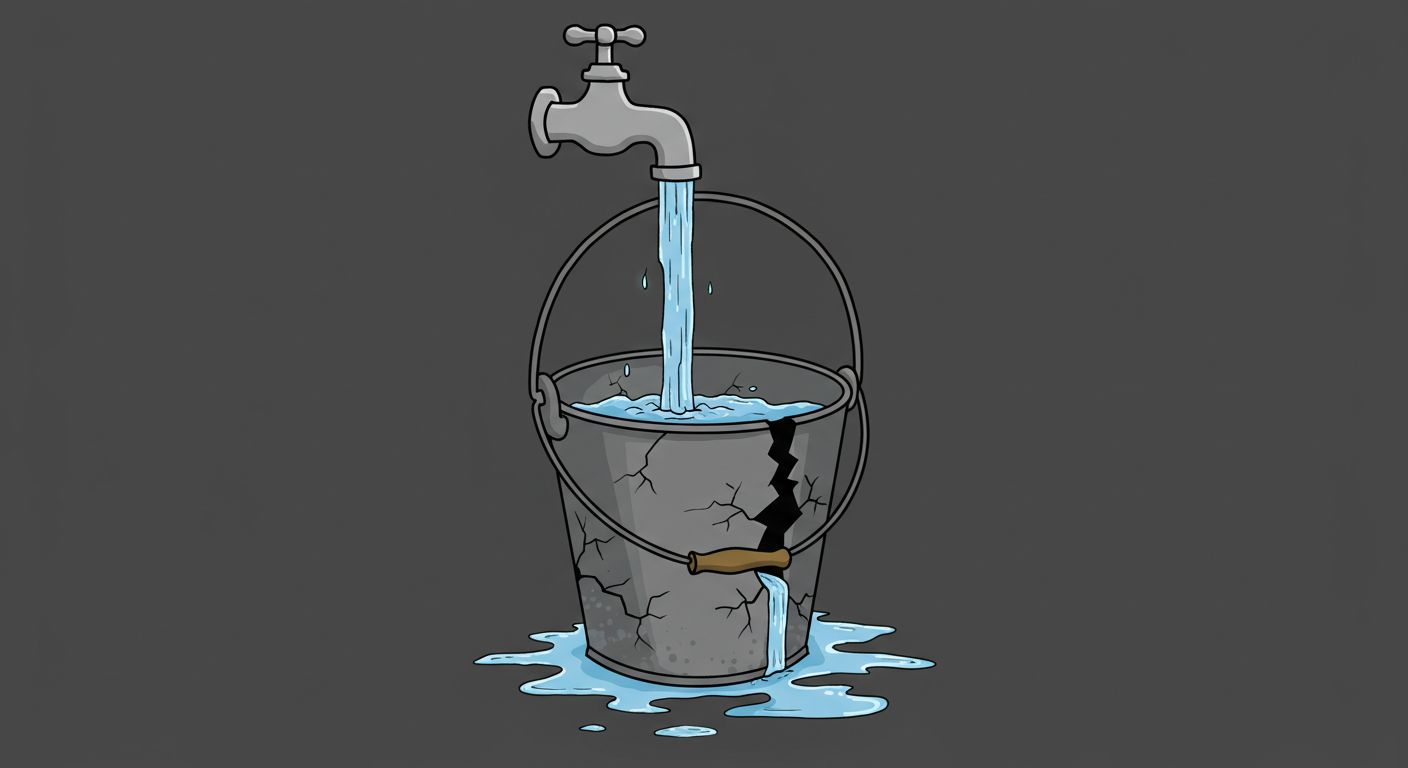Prove Reliability to Oil & Gas Procurement: Beyond the Handshake
Doug Mansfield
October 20, 2025
In the oil and gas industry, trust is the currency of choice. For decades, multi-million dollar contracts have been built on a firm handshake, a long history, and a reputation for getting the job done right. And that’s not going away.

But there’s a new, non-negotiable step in the process. Before you ever get the chance to give that handshake, procurement managers, engineers, and HSE (Health, Safety, Environment) directors are scrutinizing your business online.
When the stakes are this high—where a single component failure or a missed deadline can cause catastrophic downtime and multi-million dollar losses—procurement's first job is risk mitigation. They aren't just looking for a vendor; they are actively looking for reasons to disqualify you.
Your website is your first test. Does it just claim you’re reliable, or does it prove it?
Here are three practical ways to build that digital case for reliability, directly addressing the core concerns of oil and gas procurement.
1. Make Safety and Compliance Your Loudest Digital Statement
In this industry, safety isn't a slogan; it's a license to operate. A procurement manager must see proof of your safety commitment before you can even be considered. Don't make them dig for it.
How to prove it digitally:
- Publish Your Metrics: Don't just say "we have a culture of safety." Prove it. Create a dedicated, easy-to-find "Safety & Compliance" page that features your key metrics. This includes your TRIR (Total Recordable Incident Rate) and EMR (Experience Modification Rate). Being transparent with these numbers shows confidence and maturity.
- Showcase Your Certifications: Are you on ISNetworld? An Avetta-compliant vendor? Do you hold API or ISO 9001 certifications? Don't just list these as small logos in your footer. Show the seals prominently and briefly explain what they mean for the client (e.g., "Our ISO 9001 certification is your guarantee of a documented, repeatable quality process on every single order.")
- Document Your Safety Program: Write a short article or create a one-page PDF on "Our Commitment to Zero Incidents." Detail your training programs, safety stand-downs, and how you embed safety into your operations.
2. Turn Past Performance into Future Proof
A procurement manager is always asking, "Have they done this before?" "Can they handle our complexity?" "Can they really meet an emergency deadline?" Your past projects are the best predictors of your future performance.
How to prove it digitally:
- Write Problem-Focused Case Studies: Don't just post a gallery of "projects." Write a detailed case study that speaks the language of procurement. Frame it around the problem you solved.
- Bad Title: "Project for XYZ Refining"
- Good Title: "Case Study: Delivering Critical-Path Components in 48 Hours to Prevent Refinery Shutdown"
- Focus on the Process, Not Just the Product: In your case study, detail how you did it. Did you mobilize a team overnight? Did your quality control process catch a flaw before it left the shop? Did you coordinate complex logistics? This demonstrates your capability to handle pressure.
- Use Testimonials That Speak to Reliability: A generic "They do great work" is useless. A strong testimonial sounds like this: "We had a critical failure... [Your Company] had a team on-site in six hours and manufactured the replacement part over the weekend. They saved us from what would have been a week of downtime."
3. Detail Your Supply Chain and Quality Control
The O&G supply chain is under immense scrutiny. Procurement needs to know that your vendors won't become their problem. Your reliability is tied directly to your processes.
How to prove it digitally:
- Create a "Quality Assurance" Page: Use this page to visually map out your QA process. Do you perform non-destructive testing (NDT)? Do you provide full material traceability reports? List the specific tests you conduct and the standards you adhere to. This shows you have a system, not just an intention.
- Explain Your Supply Chain Vetting: Write a brief article about how you select and manage your own suppliers. This demonstrates that you apply the same rigorous standards you're being held to. It shows you understand the concept of "shared risk" and are actively managing it.
- Showcase Your Equipment (and What It Means): Don't just list your machines. Connect them to a client benefit.
- Instead of: "We have a 5-axis CNC mill."
- Try: "Our 5-axis CNC capability allows us to machine highly complex geometries in a single setup, ensuring tighter tolerances, faster lead times, and lower costs for your most demanding parts."
The New Handshake
In the modern industrial world, trust is built in two stages.
- First, you build
digital trust by transparently proving your safety, quality, and reliability online. This is what gets you on the pre-qualified vendor list.
- Second, you build personal trust with the handshake, the relationship, and the follow-through.
By making your proof of reliability clear, accessible, and a core part of your digital presence, you aren't just making it easier for procurement—you're making it possible. You're giving your sales team the evidence they need to back up their claims and moving the conversation from "Can you do this?" to "When can you start?"
This blog post was created by Doug Mansfield, president and founder of Mansfield Marketing











